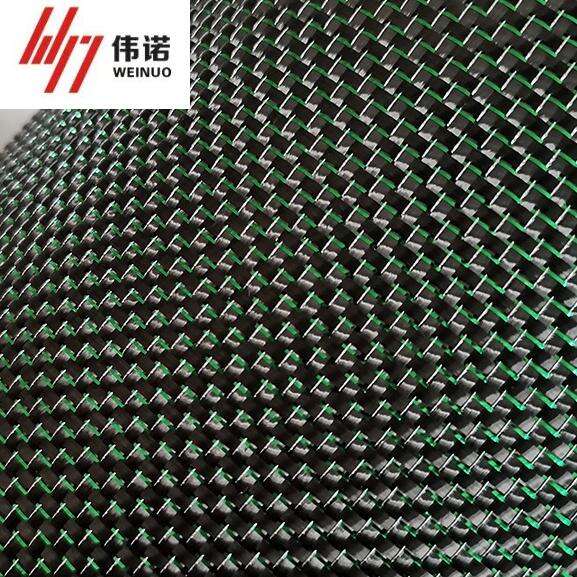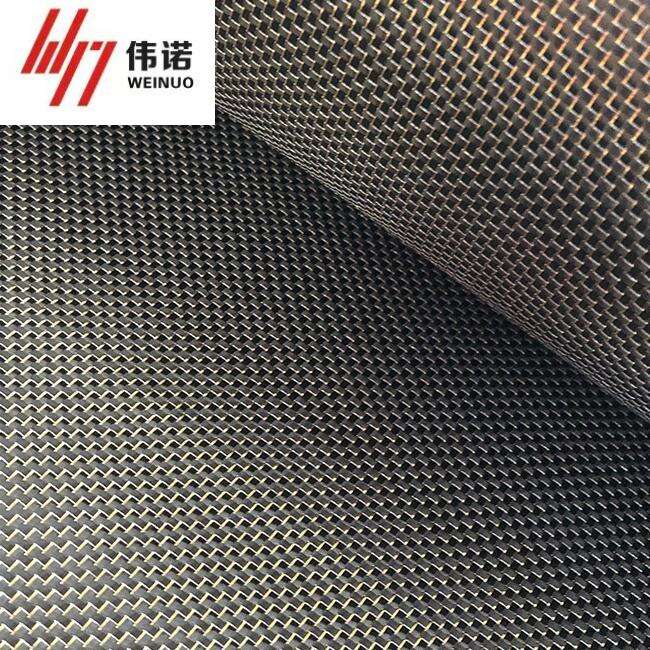price of carbon fiber fabric
The price of carbon fiber fabric represents a crucial consideration in modern manufacturing and construction industries, reflecting the material's exceptional strength-to-weight ratio and versatile applications. Typically ranging from $15 to $150 per square yard, the cost varies significantly based on factors such as fiber grade, weave pattern, and manufacturing process. Industrial-grade carbon fiber fabric generally commands lower prices, while aerospace-quality materials sit at the premium end of the spectrum. The price structure also reflects the sophisticated manufacturing process, which involves converting polyacrylonitrile fibers into high-strength carbon filaments through careful oxidation and carbonization. Market dynamics, including raw material availability and production capacity, influence pricing trends. Despite higher initial costs compared to traditional materials, carbon fiber fabric's durability, corrosion resistance, and minimal maintenance requirements often result in lower long-term expenses. The material's lightweight nature, combined with its remarkable tensile strength, makes it particularly valuable in applications where weight reduction is crucial, such as automotive components, sporting goods, and structural reinforcement projects.

